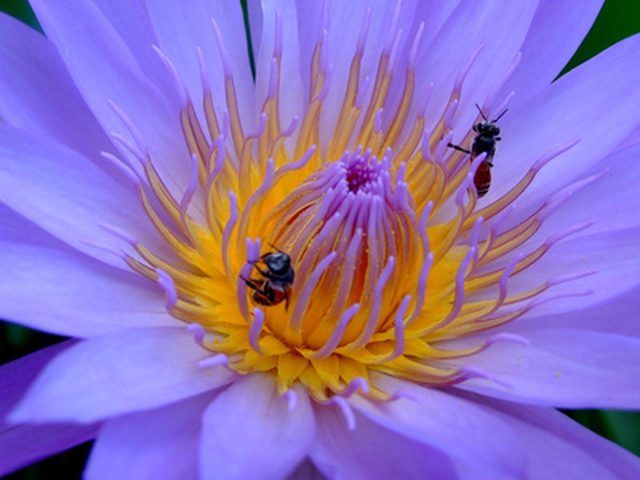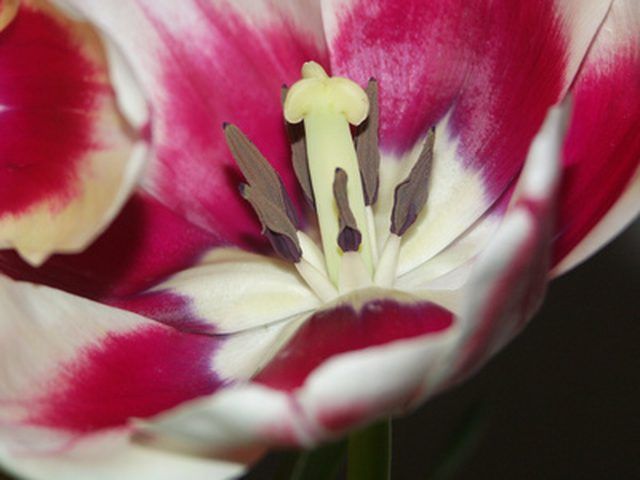Bulbs
Flower Basics
Flower Beds & Specialty Gardens
Flower Garden
Garden Furniture
Garden Gnomes
Garden Seeds
Garden Sheds
Garden Statues
Garden Tools & Supplies
Gardening Basics
Green & Organic
Groundcovers & Vines
Growing Annuals
Growing Basil
Growing Beans
Growing Berries
Growing Blueberries
Growing Cactus
Growing Corn
Growing Cotton
Growing Edibles
Growing Flowers
Growing Garlic
Growing Grapes
Growing Grass
Growing Herbs
Growing Jasmine
Growing Mint
Growing Mushrooms
Orchids
Growing Peanuts
Growing Perennials
Growing Plants
Growing Rosemary
Growing Roses
Growing Strawberries
Growing Sunflowers
Growing Thyme
Growing Tomatoes
Growing Tulips
Growing Vegetables
Herb Basics
Herb Garden
Indoor Growing
Landscaping Basics
Landscaping Patios
Landscaping Plants
Landscaping Shrubs
Landscaping Trees
Landscaping Walks & Pathways
Lawn Basics
Lawn Maintenance
Lawn Mowers
Lawn Ornaments
Lawn Planting
Lawn Tools
Outdoor Growing
Overall Landscape Planning
Pests, Weeds & Problems
Plant Basics
Rock Garden
Rose Garden
Shrubs
Soil
Specialty Gardens
Trees
Vegetable Garden
Yard Maintenance
Why Do Flowers Need to Be Pollinated?
Why Do Flowers Need to Be Pollinated?. Pollination constitutes a vital step in plant sexual reproduction: pollination produces viable seeds that are ultimately responsible for new plant life. Plant reproduction fundamentally contributes to biodiversity in ecosystems and economic productivity. Throughout agricultural and horticultural history,...

Pollination constitutes a vital step in plant sexual reproduction: pollination produces viable seeds that are ultimately responsible for new plant life. Plant reproduction fundamentally contributes to biodiversity in ecosystems and economic productivity. Throughout agricultural and horticultural history, mutations due to accidental pollination have allowed humans to enjoy more dramatic flower colors, sweeter fruit, more effective medicines, hardier trees and more robust vegetables.
Flower Anatomy
To understand pollination, familiarize yourself with the relevant anatomy of a typical flower. Pollen is a yellow, powdery substance made of tiny grains that contain the male sex cells or sperm. Each flower may contain both male and female parts. The male portion consists of the stamen, which contains the pollen-bearing anther, and a filament, the stalk that anchors the anther to the rest of the flower. The female section consists of the pistil containing the stigma (the receptacle for pollen), the style, which leads from the stigma to the eggs, and the ovary that contains the actual eggs enclosed within ovules.

The Process
Pollination occurs when pollen located on the stamen of a flower is carried to and deposited on the stigma of a flower. The pollen grain produces a tube that reaches down the length of the style, conducting the sperm within the pollen grain to the ovary where the sperm meet the eggs in the process of fertilization. Fertilization produces seeds, and usually, a fruit forms around the seeds. When the ripened fruit disperses its seeds into a suitable environment, new plants develop.
Types of Pollination
During self-pollination, pollen can travel to the female parts of the same flower or different flowers on the same plant. When the pollen of one plant is deposited on the female part of a separate plant, cross-pollination occurs.
Methods of Pollination
Pollination can occur through abiotic vectors such as wind or water. Although wind and water can transmit pollen quite a distance, these carriers are neither efficient nor effective since pollen may travel to unpredictable locations where no similar plants exist to be fertilized.
Animals that have developed an affinity for flowers are the biotic contributors of pollination. By far, the most common means of pollination occurs via the insect population. When a pollinator such as a bee or hummingbird visits a flower, pollen attaches to parts of the pollinator’s body. The pollinator inadvertently deposits the pollen grains when brushing against the pistil of the next flower. Animals more effectively pollinate flowers since certain flower breeds tend to attract distinct pollinators in a mutualistic relationship. The Encyclopedia of Earth asserts that around 80 percent of worldwide crop plants need animal aid for pollination.
Biodiversity
In pollination, plants pass on their genetic material by producing offspring resulting from a combination of parental characteristics. Pollination is the plant world’s equivalent of sexual reproduction and provides for a greater diversity in plant life. Spontaneous mutations occurring in sexual reproduction may cause plants to develop certain traits that allow them to adapt better to the environment.
Effect on Animals
Certain plants and animals have evolved in conjunction with each other. In these mutualistic relationships, the plant and animal species cannot survive without the other, adopting certain characteristics that allow each to benefit from the other; for example, the ruby-throated hummingbird, attracted to reddish colors, accumulates and deposits vital pollen while dipping its extensive beak into the sweet nectar found within the elongated neck of the crimson-colored trumpet creeper.

Economic Effect
Pollination is essential to worldwide economies. According to the Convention on Biological Diversity, approximately one-third of crops around the world require the act of pollination. If flowers were not pollinated, seeds would not form; without seeds, the world would be devoid of countless flowers, fruits, vegetables, ornamental plants and crucial medicines.